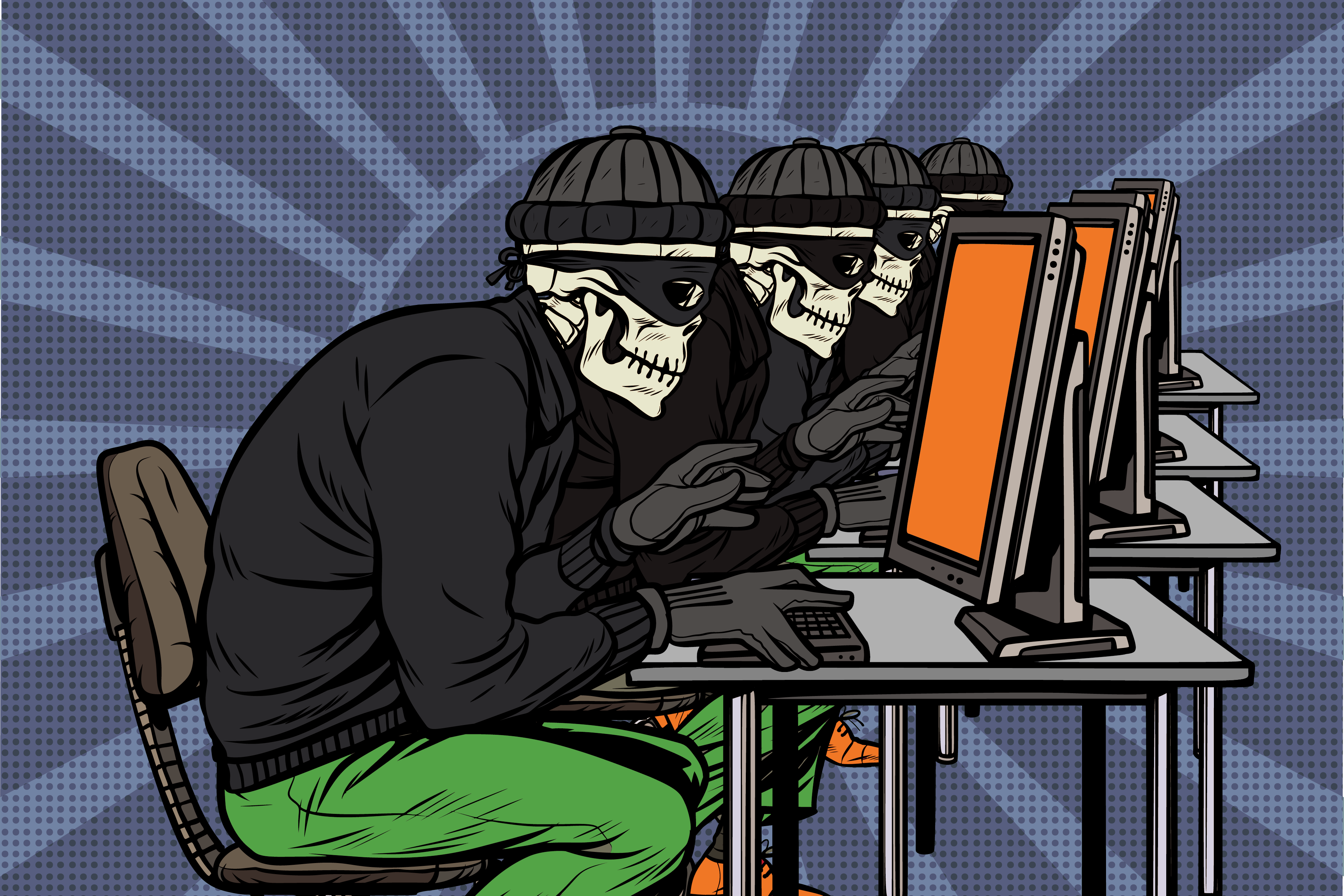Overall cybercrime might be characterized as “Any unlawful demonstration where PC or specialized gadget or PC network is utilized to carry out or work with the commission of wrongdoing”.
The following is a rundown for a portion of the cybercrimes alongside their characteristic clarification. This is to facilitate better revealing of grumblings.
1. CHILD PORNOGRAPHY
Child sexually abusive material (CSAM) alludes to material containing sexual pictures in any structure, of a manhandled or physically took advantage of a youngster. Section 67 (B) of the IT Act expresses that “it is culpable for distributing or communicating of material portraying kids in the physically unequivocal demonstration, and so forth in electronic structure.
2. CYBERBULLYING
A type of badgering or tormenting caused using electronic or specialized gadgets like PC, cell phone, PC, and so on
3.CYBERSTALKING
Digital following is the utilization of electronic correspondence by an individual to follow an individual, or endeavors to contact an individual to cultivate individual cooperation over and over in spite of an obvious sign of lack of engagement by such individual; or screens the web, email, or some other type of electronic correspondence submits the offense of following.
4. CYBER GROOMING
Digital Grooming is the point at which an individual forms an online relationship with a youngster and deceives or pressures him/her into doing a sexual demonstration.
5. ONLINE JOB FRAUD
Online Job Fraud is an endeavor to swindle individuals who are needing work by giving them a bogus expectation/guarantee of better work with higher wages
6. ONLINE SEXTORTION
Online Sextortion happens when somebody takes steps to circulate private and touchy material utilizing an electronic medium on the off chance that he/she doesn’t give pictures of a sexual sort, sexual blessings, or cash.
7. VISHING
Vishing is an endeavor where fraudsters attempt to look for individual data like Customer ID, Net Banking secret phrase, ATM PIN, OTP, Card expiry date, CVV, and so forth through a call.
8. SEXTING
Sexting is a demonstration of sending physically unequivocal advanced pictures, recordings, instant messages, or messages, as a rule by wireless.
9. SMISHING
Smishing is a sort of extortion that utilizes cell phone instant messages to bait casualties into getting back to back on a false telephone number, visiting deceitful sites, or downloading malevolent substances by means of telephone or web.
10. SIM SWAP SCAM
SIM Swap Scam happens when fraudsters figure out how to get another SIM card given against an enrolled portable number falsely through the versatile specialist co-op. With the assistance of this new SIM card, they get One Time Password (OTP) and alarms, needed for making monetary exchanges through the casualty’s ledger. Getting another SIM card against an enlisted versatile number deceitfully is known as SIM Swap.
11. DEBIT/CREDIT CARD FRAUD
Visa (or charge card) misrepresentation includes an unapproved utilization of another’s a credit or check card data with the end goal of buys or pulling out assets from it.
12. IMPERSONATION AND IDENTITY THEFT
Pantomime and fraud is a demonstration of deceitfully or insincerely utilizing the electronic mark, secret phrase or some other novel distinguishing proof component of some other individual.
13. PHISHING
Phishing is a sort of extortion that includes taking individual data, for example, Customer ID, IPIN, Credit/Debit Card number, Card expiry date, CVV number, and so forth through messages that give off an impression of being from a genuine source.
14. SPAMMING
Spamming happens when somebody gets a spontaneous business message sent through email, SMS, MMS, and some other comparative electronic informing media. They might attempt to convince the recipient to purchase an item or administration or visit a site where he can make buys, or they might endeavor to deceive him/her into uncovering financial balance or MasterCard subtleties
15. RANSOMWARE
Ransomware is a sort of PC malware that encodes documents, stockpiling media on specialized gadgets like work areas, Laptops, Mobile telephones, and so forth, holding information/data as a prisoner. The casualty is approached to pay the requested payment to get his gadget unscrambles.
16. VIRUS, WORM AND TROJAN
PC Virus is a program written to enter to your PC and harm/modify your documents/information and recreate them.
Worms are malignant projects that make duplicates of themselves over and over on the nearby drive, network shares, and so forth
A Trojan pony isn’t an infection. It is a dangerous program that looks as a veritable application. Not at all like infections, Trojan ponies don’t reproduce themselves yet they can be comparably damaging. Trojans open a secondary passage section to your PC which gives noxious clients/programs admittance to your framework, permitting private and individual data to be burglary.
17. DATA BREACH
An information break is an occurrence wherein data is gotten to without approval.
18. DENIAL OF SERVICES
Disavowal of Services (DoS) assault is an assault planned for denying admittance to PC assets without the consent of the proprietor or whatever other individual who is responsible for a PC, PC framework, or PC organization.
A Distributed Denial of Service (DDoS) assault is an endeavor to make online assistance inaccessible by overpowering it with traffic from various sources.
19. WEBSITE DEFACEMENT
Site Defacement is an assault expected to change the visual appearance of a site and additionally make it broken. The aggressor might post foul, threatening, and vulgar pictures, messages, recordings, and so on
20. CYBERSQUATTING
Digital Squatting is a demonstration of enlisting, dealing with, or utilizing a space name with a goal to benefit from the generosity of a brand name having a place with another person.
21. CRYPTOJACKING
Cryptojacking is the unapproved utilization of registering assets to mine digital forms of money.
22. ESPIONAGE
Surveillance is the demonstration or practice of getting information and data without the consent and information of the owner.
Mr. VIPIN YADAV
Faculty of Science
Department of Forensic Science




